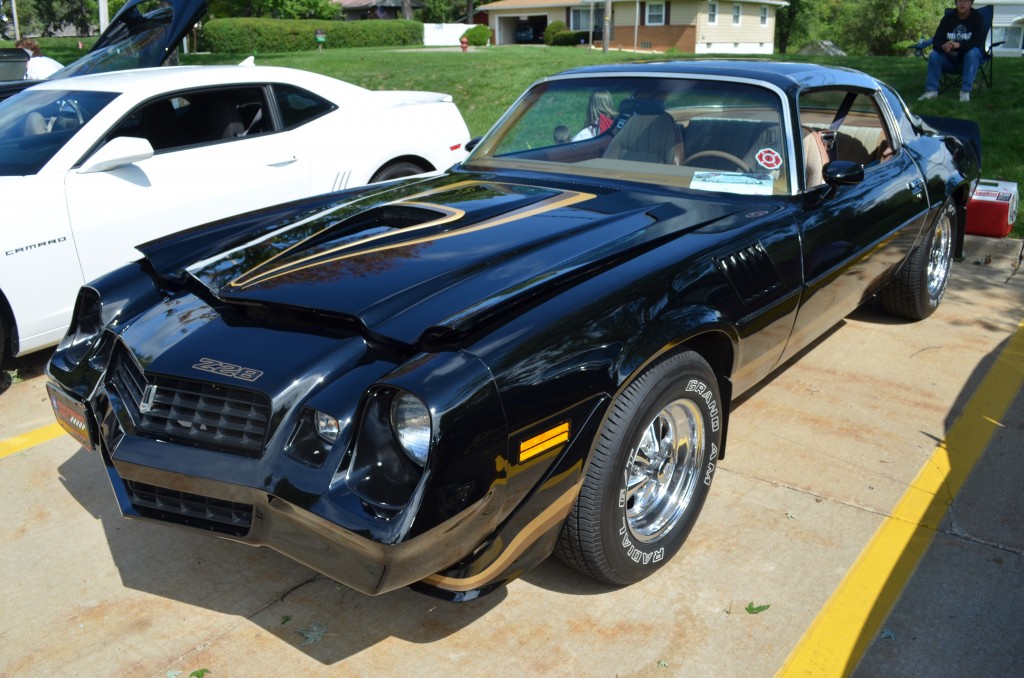Got questions?
We’ve got the answers—the Summit Racing tech department tackles your automotive-related conundrums. This week, we’re taming an old race engine for street use.
Q: I plan to install the stroker motor from my former race car into my recently purchased 1979 Camaro Z28. The engine is a 4-bolt main, GM 350 that’s bored .060 inches over and makes 11:1 compression. It has World Sportsman II iron heads, forged pistons, a .623-inch/.623-inch intake/exhaust roller cam, MSD 6AL ignition box, and a Holley 850 cfm double-pumper carb. The Camaro has a Turbo 350 transmission with a shift kit and a 3,500 rpm stall converter driving a 10-bolt posi rear-end and 3.73 gears. The car won’t be a daily driver, but I plan on driving it on weekends and to the occasional cruise-in as well. I used to run 110 octane when I raced. How much timing detuning would you recommend for street use and would it be possible to run 93 octane gas in this combo?
R.F .

A: It sounds like you’ve built an awesome race engine, but you’ve got too much cam and compression to run 93 octane gas. Plus, your 3.73 gear will cause your 3,500 rpm stall converter to slip under normal street conditions and hurt your mileage more than your big carburetor. To improve your mileage, lower your cam, compression (9.5:1 or less), and stall speed (to 2,500 rpm) and then you can use a smaller carburetor and pump gas.

Better yet convert it to E-85
I cant figure to save me why everybody thinks that 11:1 0r 13:1 compression is better. I have been a Ford Engineer for 29 years,,, I get the same amount of power using 9.5 to 1 or even 10 to 1 as I have tried many combinations over the years. 10 to 1 vs 12.5 to one got me an extra 20 hp. I will stick to 10 to 1 with alum heads and run 93 octane fuel. People check what combos work the best ! Don’t just throw cash and parts at it that a mild 302 is going to beat you at the track
No one ever thought that Ford made any race motors .
For every point of compression, power increases 3 to 5 percent.
Take a 9-1 compression big block Chevy making an easy 500 hp/ 500 tq. Using the middle estimate, 4%, that equals 20 hp increase going to 10-1 compression. Nit counting having a more responsive, less lazy engine, the added compression also helps improve efficiency, and fuel mileage, pumping 520 hp in same combo.
Add the extra 60 hp to go on up to 13-1, with all things equal, you could have 580 hp on the same engine, and run on e85, utilizing a fuel that cools better, and is more environmentally friendly. Thats what I tell my wife.